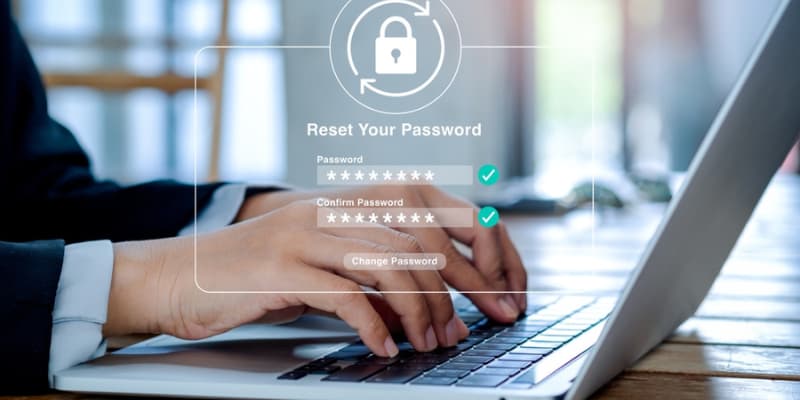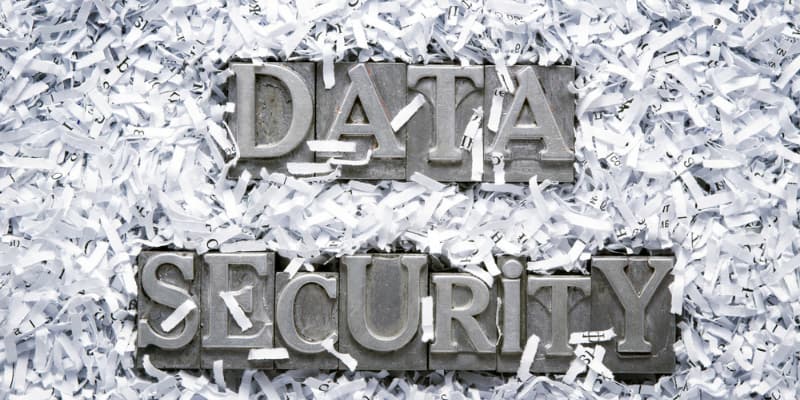¿What to do if you think your email has been hacked?
Email is one of the most critical tools you use every day. If someone gains access to your inbox, they can not only read your messages but also reset passwords for linked accounts, steal your identity, or spread malware from your address. That’s why, if you even slightly suspect that someone may have accessed your email without permission, it’s crucial to act quickly.
Today, we’ll walk you through the step-by-step process of what to do if you think your email has been hacked.
1. Check for unauthorized access
Before panicking, try to confirm whether there really was an external login. Most email providers (like Gmail, Outlook, or Yahoo) offer a recent activity log. You can usually see details such as the location, IP address, device type, and time of access. If you notice any unfamiliar activity (like logins from unknown places or devices) it’s a strong indication that your account may have been compromised.
How to do it:
Gmail: Scroll to the bottom of your inbox and click on “Details” (bottom right corner). There you’ll see the recent IP addresses, locations, and devices that accessed your account.
Outlook: Go to account.microsoft.com > “Security” > “Sign-in activity.”
Yahoo Mail: Go to “Account Info” > “Recent activity.”
If you see sign-ins from unknown locations, unusual times, or devices you don’t use, it’s very likely that someone has accessed your account without permission.
Change your password immediately
If you still have access to your account, the first thing you should do is change the password to a new, long, and secure one.

¿What to keep in mind?
- Don’t use obvious passwords or ones you’ve used before.
- Combine uppercase and lowercase letters, numbers, and symbols.
- Avoid personal data (name, ID number, dates).
- If possible, use a long phrase that you can remember, but that’s hard to guess
Log out of all active sessions
Once you change the password, it’s ideal to log out of all active sessions to expel anyone who may have accessed your account.
How to do it:
- In Gmail, from “Details” (as in step 1), you can log out of all sessions except the current one.
- In Outlook and other services, look for the option “Sign out of all devices” or “Sign out of all sessions”
4. Enable two-step verification (2FA)
Two-step verification or multi-factor authentication adds an extra layer of security. Even if someone gets your password, they won’t be able to access your account without the second code.
¿How to activate it?
- In Gmail: Account Settings > Security > Two-step verification.
- In Outlook: Security > Advanced options > Two-step verification.
- Use apps like Google Authenticator, Authy, or your phone’s notification system.
Check your account settings
An experienced attacker may have changed certain settings to continue spying without you noticing.
Recommendations:
- Check if there are automatic email redirects to another address.
- Review if any recovery email addresses or phone numbers have been added.
- Check if the language or access options have been changed.
- In Gmail, also check the active filters, as they can automatically hide or forward emails.
6. Notify your contacts.
If you notice that emails were sent from your account that you didn’t write, it’s important to notify your contacts so they don’t click on links or open files from suspicious sources.
You can send a brief message like:
“Hi, it looks like my email account was compromised. If you received a strange message from me, please ignore it and don’t open any links. I’ve already taken steps to resolve the issue. Thanks!”
7. Check if your email was used on other sites
Many services are linked to your email (social media, banks, online stores, etc.). If your email was hacked, they could have taken the opportunity to request password resets and gain access to other services.
¿What to do?
- Log into the most important platforms where you have accounts and check for any unusual changes.
- Change the most critical passwords: online banking, social media, cloud storage, etc.
- Enable 2FA on all possible services.
8. Check if your email appeared in massive databreaches
You can use sites like HaveIBeenPwned.com to check if your email address was part of any known data breach.
If you appear in a breach, change the password immediately for that service and any other services where you use the same password (though it’s never recommended to reuse passwords).

9. Scan your devices for malware
In some cases, the issue may not only be with your account but also with your computer or phone. If you have a keylogger or trojan, the attacker will continue to have access even if you change the password.
¿What to do?
- Run a full scan with your antivirus.
- Also, use an anti-malware tool like Malwarebytes.
- If the problem persists, consider restoring the device to factory settings (after performing a backup).
10. Contact the provider's support if you’ve lost access
If you can no longer access your email account, you need to start the recovery process.
Each platform has its own system:
The more information you can remember (previous password, security answers, dates, etc.), the higher your chances of recovering it.
Learn how to solve these cases with Heimdall
Having your email hacked is serious, but if you act quickly and wisely, you can minimize the damage and regain control. The important thing is not to underestimate the situation: your email account is not a minor issue; it’s a potential gateway to all your other accounts.
If you’re interested in these topics and would like to learn more, follow us on our social media, as we’ll soon be launching a training course to prepare future cybersecurity professionals.

TU SEGURIDAD
EN BUENAS MANOS
Bundles
Información
¿Tienes alguna duda sobre los servicios? ¡Llámanos!
Heimdall Agency copyright © 2024. Todos los derechos reservados




